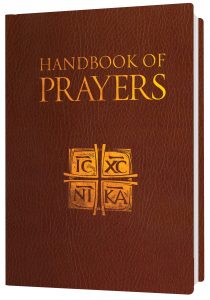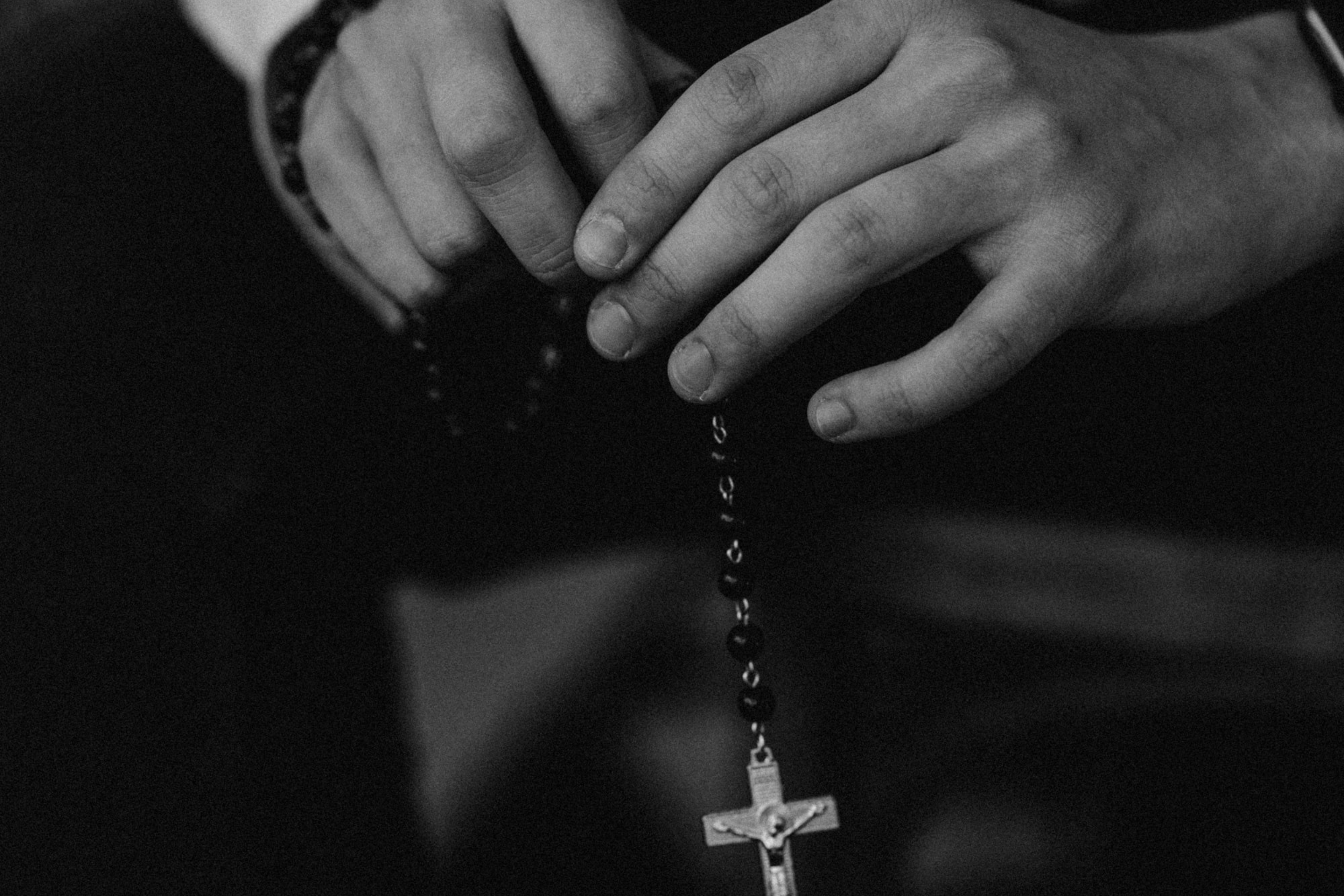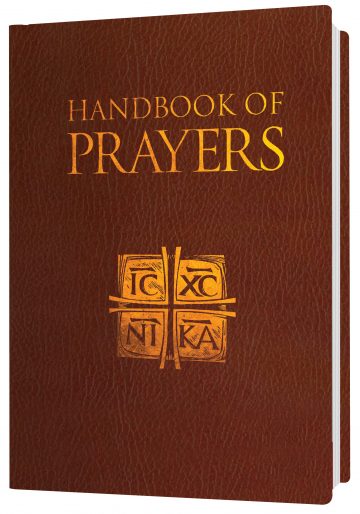The meditations that follow are from Holy Rosary, written in 1931 by St. Josemaria Escriva.
1. THE RESURRECTION
When the Sabbath was over, Mary of Magdala and Mary, the mother of James, and Salome, bought spices with which to anoint the dead body of Jesus. It is very early on the following day; just as the sun is rising, they come to the tomb (Mk 16: 1– 2). And upon entering it they are dismayed, for they cannot find the body of our Lord. A youth, clothed in white, says to them: “Do not be afraid. I know that you seek Jesus of Nazareth. Non est hic, surrexit enim sicut dixit: He is not here; for he has risen, as he said” (Mt 28: 5). He has risen! Jesus has risen: he is not in the tomb. Life has overcome death.
He appears to his most holy mother. He appears to Mary Magdalene, who is carried away by love. And to Peter and the rest of the apostles. And to you and me, who are his disciples and more in love than Mary Magdalene. The things we say to him! May we never die through sin; may our spiritual resurrection be eternal. And, before the decade is over, you kiss the wounds in his feet, . . . and I, more daring — because I am more a child — place my lips upon his open side.
2. THE ASCENSION
Now the Master is teaching his disciples: he has opened their minds to understand the Scriptures, and he appoints them witnesses of his life and his miracles, of his passion and death, and of the glory of his resurrection (Lk 24: 45, 48). Then he brings them out as far as the outskirts of Bethany and blesses them. And as he does so, he withdraws from them and is carried up to heaven (Lk 24: 51) until a cloud takes him out of sight (Acts 1: 9).
Jesus has gone to the Father. Two angels in white approach us and say, “Men of Galilee, why do you stand looking up to heaven?” (Acts 1: 11). Peter and the others go back to Jerusalem cum gaudio magno: “with great joy” (Lk 24: 52). It is fitting that the sacred humanity of Christ should receive the homage, praise, and adoration of all the hierarchies of the angels and of all the legions of the blessed in heaven. But you and I feel like orphans: we are sad, and we go to Mary for consolation.
3. THE DESCENT OF THE HOLY SPIRIT
Our Lord had said: “I shall ask the Father, and he will give you another Advocate, another Consoler, to be with you for ever” (Jn 14: 16). The disciples are gathered together in one room, when suddenly they hear what sounds like a powerful wind from heaven, the noise of which fills the entire house where they are assembled. At the same time something appears that seems like tongues of fire; these separate and come to rest on the head of each of them (Acts 2: 1– 3). The apostles are so filled with the Holy Spirit that they seem to be drunk (Acts 2: 13). Then Peter stands up with the Eleven and addresses the people in a loud voice. We, people from a hundred nations, hear him. Each of us hears him in his own language––you and I in ours. He speaks to us of Christ Jesus and of the Holy Spirit and of the Father. Peter is neither stoned nor thrown into prison. Of those who have heard him, three thousand are converted and baptised.
You and I, after helping the apostles administer Baptism, bless God the Father for his Son Jesus, and we, too, feel drunk with the Holy Spirit.
4. THE ASSUMPTION
Assumpta est Maria in cælum: gaudent angeli. God has taken Mary, body and soul, to heaven; and the angels rejoice!
So sings the Church. And so, with that same cry of joy, we begin our contemplation in this decade of the Holy Rosary.
The Mother of God has fallen asleep. Around her bed are the twelve apostles (Matthias in the place of Judas).
And we also, through a grace respected by all, are at her side.
But Jesus wants to have his mother, body and soul, in heaven. And the heavenly court, arrayed in all its splendour, greets our Lady. You and I — children, after all — take the train of Mary’s magnificent blue cloak, and thus we are able to watch the marvellous scene.
The most blessed Trinity receives and showers honours on the Daughter, Mother and Spouse of God. . . . And so great is the Lady’s majesty that the angels exclaim: Who is she?
5. THE CORONATION OF THE BLESSED VIRGIN
You are completely fair, and without blemish. You are a garden enclosed, my sister, my Bride, an enclosed garden, a sealed fountain. “Veni, coronaberis”: “Come, you shall be crowned” (Sg 4: 7, 12, 8).
If you and I had been able, we too would have made her Queen and Lady of all creation.
“A great sign appeared in heaven: a woman with a crown of twelve stars upon her head, adorned with the sun and the moon at her feet” (Rv 12: 1). Mary, Virgin without stain, has made up for the fall of Eve; she has crushed the head of hell’s serpent with her immaculate heel. Daughter of God, Mother of God, Spouse of God.
The Father, the Son, and the Holy Spirit crown her as the rightful Empress of the Universe.
And the angels pay her homage as her subjects . . . and the patriarchs and prophets and apostles . . . and the martyrs and confessors and virgins and all the saints . . . and all sinners, including you and me.
 These meditations were compiled for our book Handbook of Prayers. Beautifully illustrated, divided into 20 sections, featuring hundreds of prayers, the Handbook sets out practical ways to grow in your faith, alongside the basic tenets of the Catholic faith.
These meditations were compiled for our book Handbook of Prayers. Beautifully illustrated, divided into 20 sections, featuring hundreds of prayers, the Handbook sets out practical ways to grow in your faith, alongside the basic tenets of the Catholic faith.
Support the mission of CTS and discover a treasure trove of prayers, including more rosary meditations written by St Josemaria, by ordering your copy of Handbook of Prayers.

